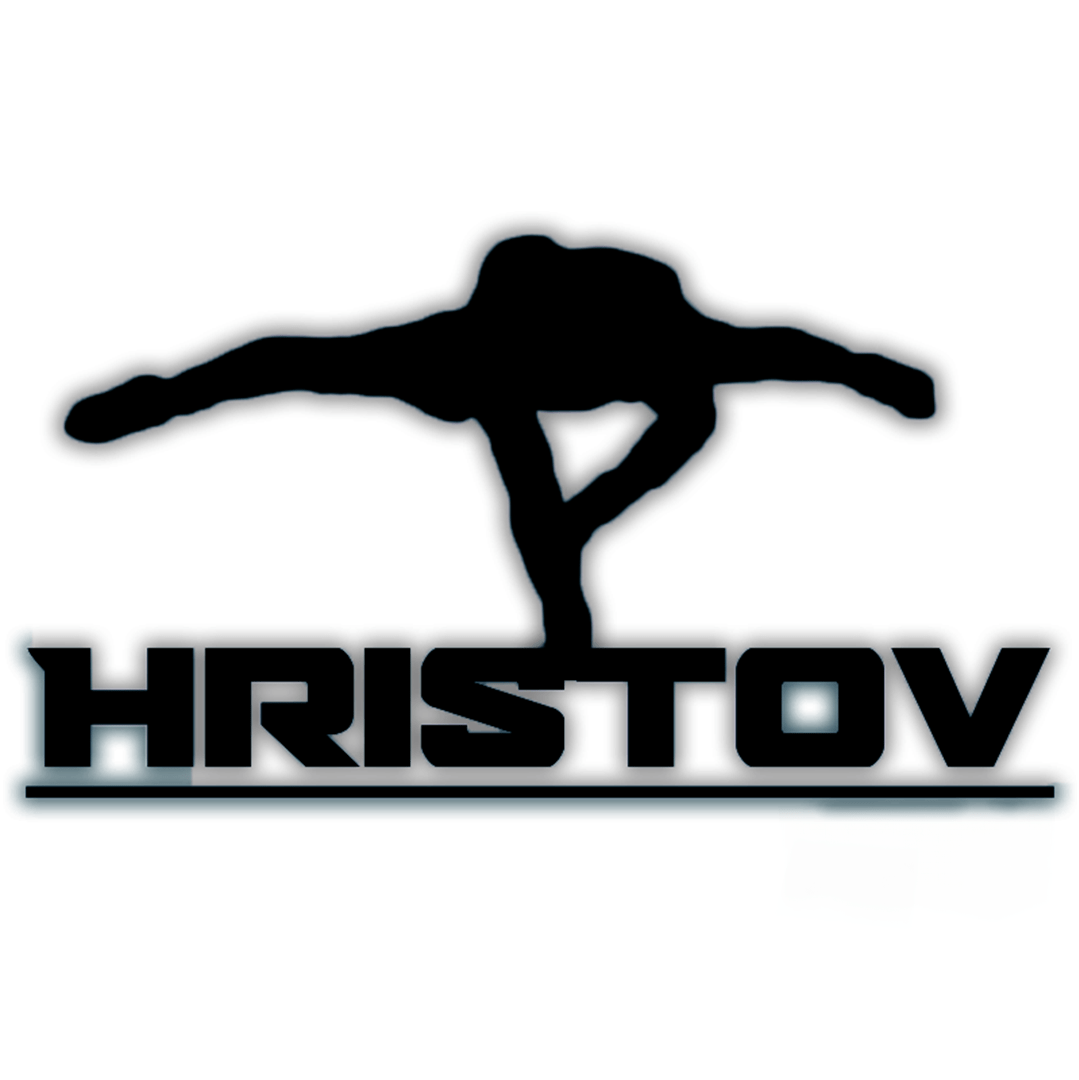
About Daniel Hristov – The Game Changer
In the world of calisthenics and street workout, my journey stands as a testament to determination, smart training, and an unwavering mindset. Starting as an
Learn the 5 high level planche skills like, planche pushups, planche press, Iguana Planche, Straight bar planche and finger planche.
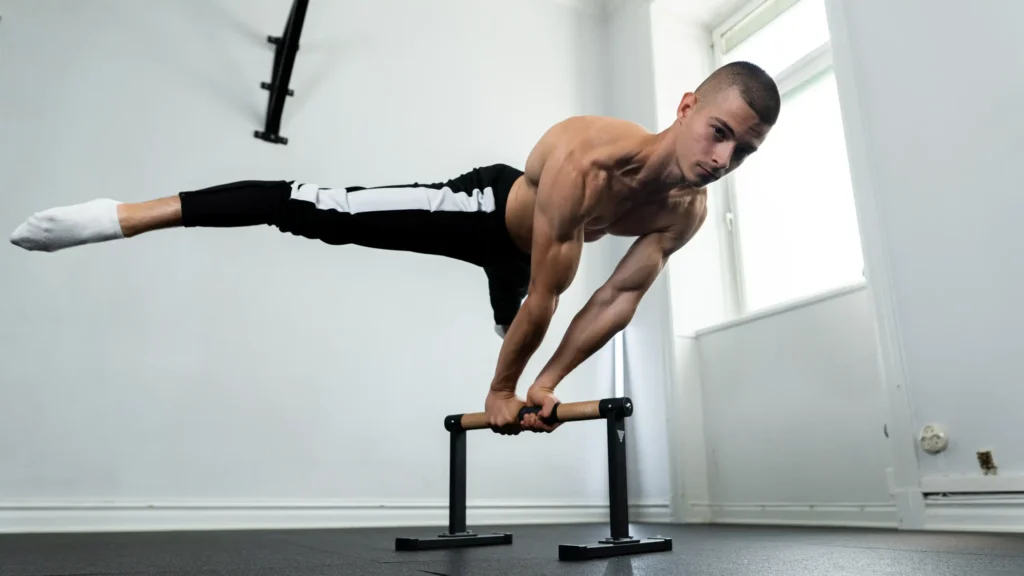
If you already mastered the straddle planche or full planche it's time for you to learn the 5 high level skill to take your planche training to the next level.
Play the video to know more!
You have seen the best in the world do these planche skills, time for you to master them as well with the guidance
Many have problems with how to actually learn these high level skills, why not get help by Daniel Hristov himself.
Maybe you need even more help and are interested to get coached by Daniel Hristov, you can check out his Calisthenics coaching here
Choose your planche level and get planche training by Daniel Hristov to achieve your goals
Complete video courses that teach you everything about the planche and how to progress
Exchange progress updates, get advice, and meet others who share your interests.
The program that we offer has been specifically created to provide a safe and effective way for you to reach the straddle planche and full planche but also develop and enhance your strength. Our program is tailored towards those who have a goal of achieving the straddle planche and the full planche. With careful attention our plan takes into account a range of exercises that help to build overall body strength, focusing particularly on the areas required for the Straddle planche and full planche hold. This program is designed to be progressive and adaptable, so that it can be effective for a variety of individuals. By following our program, you will see improvements in your strength, skills, and overall fitness. You will be amazed at how much you can achieve with our help and guidance.
The 5 skills that are included in the advanced program are.
Each skill has a separate setion when you log in to access the program. You can choose for yourself what you want to learn first and at what speed. I have made it easy with video tutorials, where I show you privately how to do it, what the right and wrong way is, and the secret ways to achieve it faster.
As this is the next phase of the planche revolution, you will need to have mastered Straddle Planche for 5 sec or full planche for 3-5 sec before starting this phase.
No real length of the program is designed here as there are 5 different skills involved. You can choose for yourself what skill you want to start with, but I would recommend beginning with planche pushups and planche press to gain insane strength.
You only need 3 things: a resistance band, low parallettes, and a floor.
Learn how to planchedo the highest planche skills together with Daniel Hristov and get the right planche progress and step by step guide to learn them.
For these programs you need a pair of Calisthenics parallettes.
For these programs you need different levels of resistance band
The planche is a powerful and advanced bodyweight exercise where the athlete holds their body parallel to the ground, supported only by the hands. It’s a move that requires significant strength, balance, and control, and is often associated with gymnastics and calisthenics.
Here’s a closer look at the planche:
Positioning: In a full planche, the body is held straight and horizontal, from head to toes. The arms are fully extended, supporting the entire body above the ground. The palms are usually facing down, and the fingers can point forward, sideways, or slightly backward, depending on what’s most comfortable and provides the best balance.
Muscle Engagement: This exercise heavily engages multiple muscle groups. The core must remain extremely tight to keep the body straight and lifted. The chest, shoulders, and arms (particularly the triceps) must exert considerable effort to stabilize and hold the body up. The planche also requires significant strength in the lower back and glutes to maintain the horizontal position.
Variations: There are several progressions and variations of the planche that help in gradually building up the strength and technique required for the full version:
Difficulty: The planche is considered an expert-level skill due to the extraordinary balance and immense upper body and core strength required. It is not typically recommended for beginners without considerable progression training.
Training for a planche involves a combination of strength training, static holds, and gradually progressing through easier variations of the move. It’s a long-term commitment and often takes years of dedicated training to achieve.
Yes, the advanced tuck planche is generally considered easier than the straddle planche. The main reasons for this are related to the mechanics of leverage and the distribution of body weight in the different positions.
Here’s why the advanced tuck planche is typically easier:
Body Leverage: In an advanced tuck planche, your legs are tucked closer to your body, which reduces the leverage acting against your arms and shoulders. This makes it easier to balance and maintain the position because the center of mass is closer to the point of support (your hands).
Muscle Engagement: While the advanced tuck planche still requires significant core and upper body strength, the demand is less than in the straddle planche. In the straddle, your legs are spread wide, which not only increases the body’s lever arm but also requires greater strength and control to keep the legs lifted and body horizontal.
Balance and Stability: The compact form of the advanced tuck planche provides more stability than the wider, more dispersed form of the straddle planche. It is generally easier to balance when your body mass is centralized rather than distributed.
Progressing from an advanced tuck planche to a straddle planche involves transitioning through increasing levels of difficulty by gradually changing the body’s leverage and requiring more strength, particularly from the core, back, and shoulder muscles. This makes the straddle planche a more advanced and challenging position to achieve and maintain.
Planche push-ups are an advanced bodyweight exercise that combines the strength and balance requirements of the planche with the dynamic movement of a push-up. This exercise is highly demanding and is often practiced by those who have already mastered the planche or are at an advanced level in calisthenics or gymnastics.
Here’s how planche push-ups are performed:
Starting Position: You begin in a planche position, where your body is held parallel to the ground, supported only by your hands. Depending on your skill level, this could be a tuck planche, straddle planche, or full planche.
The Push-Up Motion: From the planche hold, you bend your elbows to lower your body towards the ground, keeping your body straight and horizontal. It’s crucial to maintain the planche position throughout the movement, without letting your hips drop or your legs sag.
Muscle Engagement: Planche push-ups require intense muscle engagement. The chest, shoulders, and triceps work to perform the push-up motion, while the core and lower back muscles must continuously work to keep the body level and straight. The wrists and forearms also play a significant role in stabilizing the body.
Rising Back Up: After lowering down, you push back up to the initial planche position, extending your arms while still keeping the body in a straight, horizontal line.
Difficulty Level: This exercise is significantly more challenging than a standard push-up due to the leverage and balance required. The planche position increases the load on the upper body and requires considerable strength and control to maintain.
If you don’t know who I am, my name is Daniel Hristov, and I am a professional calisthenics athlete and coach. I have mastered the planche and almost all the related skills like one arm planche, Maltese. I have been teaching the planche to hundreds of other students who have learned to master it and have made significant progress. Some started with a simple tuck planche and later learned to do planche pushups.
Planche training is considered extremely challenging due to the high level of strength, balance, and body control required. It’s one of the most advanced skills in the realm of gymnastics and calisthenics, and mastering it can take years of dedicated practice. Here are some factors that contribute to its difficulty:
Strength Requirements:
Balance and Coordination:
Progression and Training Time:
Physical Strain:
Given these challenges, planche training is not typically recommended for beginners without foundational strength and experience in bodyweight exercises. Starting with simpler skills and gradually working up to more complex movements is essential to build the necessary strength and technique safely.
To learn the planche, using specific equipment can help facilitate your training by reducing strain and enhancing the effectiveness of your workouts. Here’s a breakdown of the recommended equipment:
Parallettes:
Dip Bar:
Resistance Band:
Each piece of equipment serves to support different aspects of planche training, making them valuable tools in your journey towards mastering this challenging skill. They help minimize the risk of injury and allow for progressive muscle strengthening, both key to successfully achieving a planche.

My name is Daniel Hristov, and I am from Sofia, Bulgaria. For the past 5 years, I have been pursuing street workout professionally, and I have made a name for myself as a world-class competitor.
I have achieved numerous world titles, including the World Championship in Moscow, Russia in 2021, where I emerged victorious as the World Champion. Additionally, I won the Street Workout Ultimate Battles and Calisthenics Cup competitions in 2022 & 2023 and placed second in the World Championship in Moscow, Russia in 2019 as the Vice World Champion. In 2019, I also secured the second position in the World Cup held in Hong Kong. In 2020, I was declared the national champion in Bulgaria. Those of us who practice street workout and calisthenics understand the significance of this sport in our lives. Each exercise holds great meaning for us, and we know that proper training and perseverance are the keys to success. If you entrust me with your fitness goals, I assure you that we can work together towards achieving them.

In the world of calisthenics and street workout, my journey stands as a testament to determination, smart training, and an unwavering mindset. Starting as an
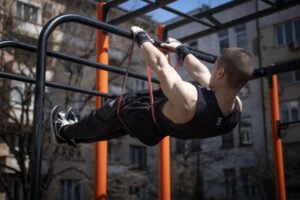
FREE guide! Free front lever guide with all the secrets to unlock this Calisthenics skill Know the experts secrets to learning the front lever Master
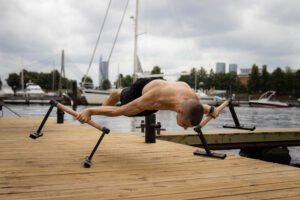
SHAPING CALISTHENICS learn the most wanted calisthenics skills, planche and front lever PLANCHE PROGRAMS CLICK HERE FRONT LEVER PROGRAMS CLICK HERE Why PLANCHE Is Impressive

Front Lever Program Wanna increase your front lever progression or maybe learn your first advanced Tuck Front Lever. This front lever program will help you

Beginner Planche Program If you’re struggling to improve your planche and not sure how start to learn the tuck planche, then Planche Revolution is just
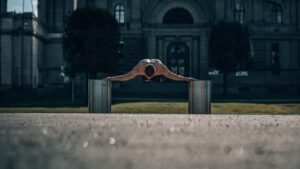
Advanced Planche Program Learn the 5 high level planche skills like, planche pushups, planche press, Iguana Planche, Straight bar planche and finger planche. Start Now
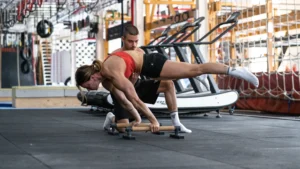
Intermediate Planche Program Learn how to get from a tuck planche to a full planche with the help of the Calisthenics coach Daniel Hristov and
